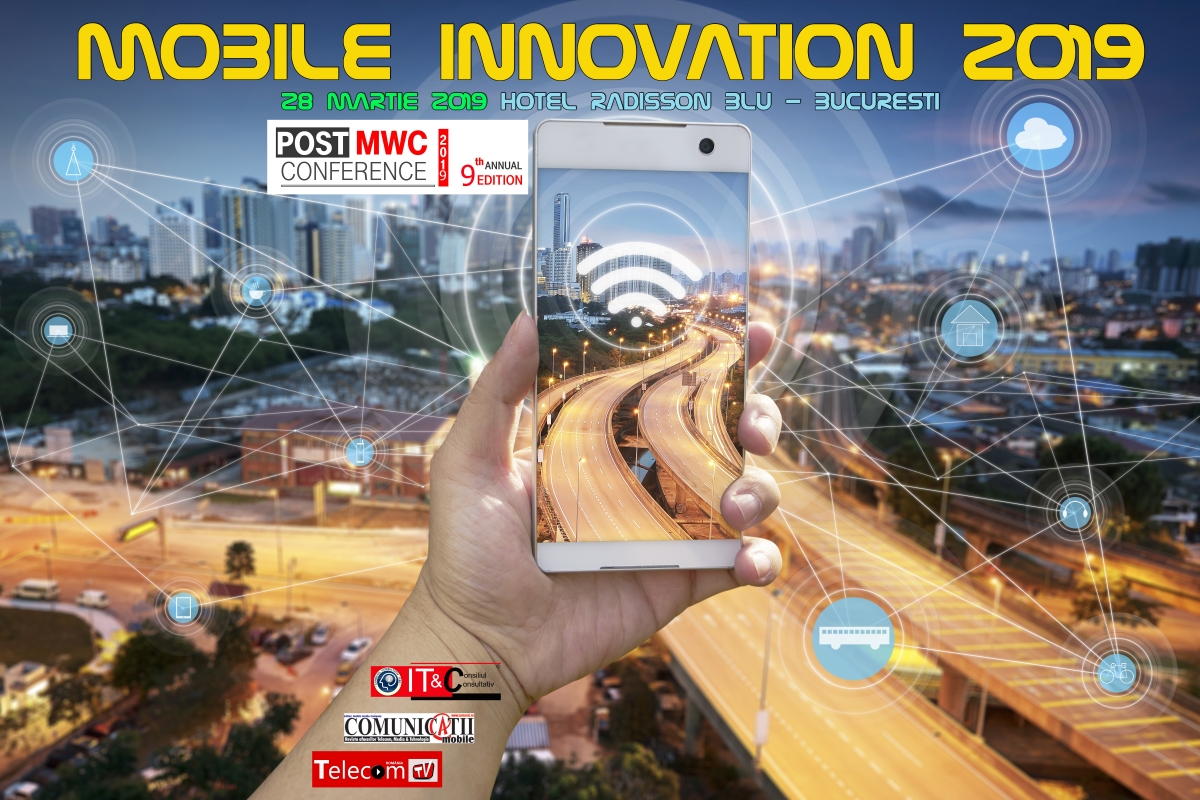Every year, CeBIT provides a platform for mobile handset manufacturers to showcase their latest products. This year, visitors can expect to see a whole range of GPRS- (General Packet Radio Services) enabled handsets on display. But at whom are they being targeted, and what sort of functionality will they offer? The accepted wisdom when marketing new handsets is to aim for the corporate market before breaking into the mass consumer market. Business users are seen as high-spending and less price-sensitive. In the short term, it makes sense in terms of maximising revenues. Companies such as Motorola (Hall 26, Stand E40) are integrating GPRS into all their new handsets. They are aware that network operators will be looking to business users for an early return on investment. There is one major difference between the initial launch of GSM and that of GPRS. In the case of GSM, the main proposition was voice and mobility. The benefits of this were easily understood for a mobile workforce. The case for GPRS is more complex.
GPRS Applications
Many applications involve translating services currently accessed from desktop PCs into the mobile space. These include access to corporate e-mail, intranets and customer databases. Personal employee services are now also on offer. They include diaries and to-do lists, all of which are aimed at making the employee more efficient. As the consumer market becomes more familiar with the new data services, the opportunities for customer-facing applications will increase. These will include services such as mobile banking and e-commerce. But for the moment, the focus is firmly on corporate applications.
'Generating revenues will be the main driver, of course,' explains Malcolm Russell, wireless applications manager for CSG at Agilent (Hall 13, Stand C53). 'To maximise the revenue impact, operators will target customers who are least cost-sensitive. The business user clearly stands out as a target. Doing e-mail via the mobile phone will await the development of suitable interfaces. This is already well under way. The bored business person is also highly likely to download a game to pass time in airports, once their e-mail is up-to-date, of course.' This view is supported by a director of the Schema consultancy, Jo Piggot: 'To begin with, it will be cheaper to provide business services to high-spending markets.' She warns, however, that this will only kick-start the roll-out of new services. 'While there is a pent-up demand which can be built on, this alone will not be enough to ensure long-term success.'
WAP Revitalisation
One effect of early moves to launch business applications over GPRS is the revitalisation of WAP (Wireless Application Protocol). Key problems encountered when the technology was first launched were long call set-up times and delays in loading pages. In comparison to GPRS, however, WAP is an ideal medium for accessing database-type applications (but only the simple ones). Miika Reinikka, messaging solutions business development director at Tecnomen (Hall 12, Stand D30), believes that GPRS will make all the difference. 'The introduction of GPRS will offer a lot of new possibilities for mobile business applications,' he says. 'It enables direct and secure (VPN) packet-based access to the corporate intranet and extranet. The possibility to be always connected coupled with flexible pricing schemes presents new opportunities for applications other than e-mail access. The application suite can include mobile access to desktop applications, such as e-mail/Unified Messaging, group calendar, office applications, enterprise portals and even corporate management systems, like sales force automation, lead tracking and order entry.' He adds, 'As the above-listed applications are quite sophisticated, they really cannot be accessed via WAP browsers. It is more likely these services will be used by laptops and PDAs. WAP over GPRS, however, is well suited for e-mail reading.'
Key To Success?
Opinions vary widely as to which applications will be successful, but some have no doubt about the success of remote meetings. 'The killer application for GPRS and 3G will undoubtedly be conferencing,' says Louise Cashin, international general manager at Spectel (Hall13, Stand 56), a leading supplier of integrated conferencing solutions 'It has become an indispensable tool in business life. With developments such as data-conferencing and video-streaming, there is little that cannot be done on a conference call. Giving presentations, updating documents online, demonstrating software or showing video footage are only a few examples.' She adds, 'With GPRS and 3G networks, these multimedia capabilities will become mobile. An increasing number of conferences are already being conducted on the move. It is already possible to book and manage conference calls via WAP. But the mobile conference itself is still primarily a sound-only experience. The next-generation of mobile conferencing promises to seamlessly integrate voice, data and video. This will allow users to hold tele-meetings from anywhere in the world, simply by hitting a few buttons on their mobile terminal.' It seems that the market to watch, for the next few months at least, is the business sector. The success of applications here, could well be an indication of how quickly GPRS will be rolled out to the masses. As ever, time will be the final arbiter.





